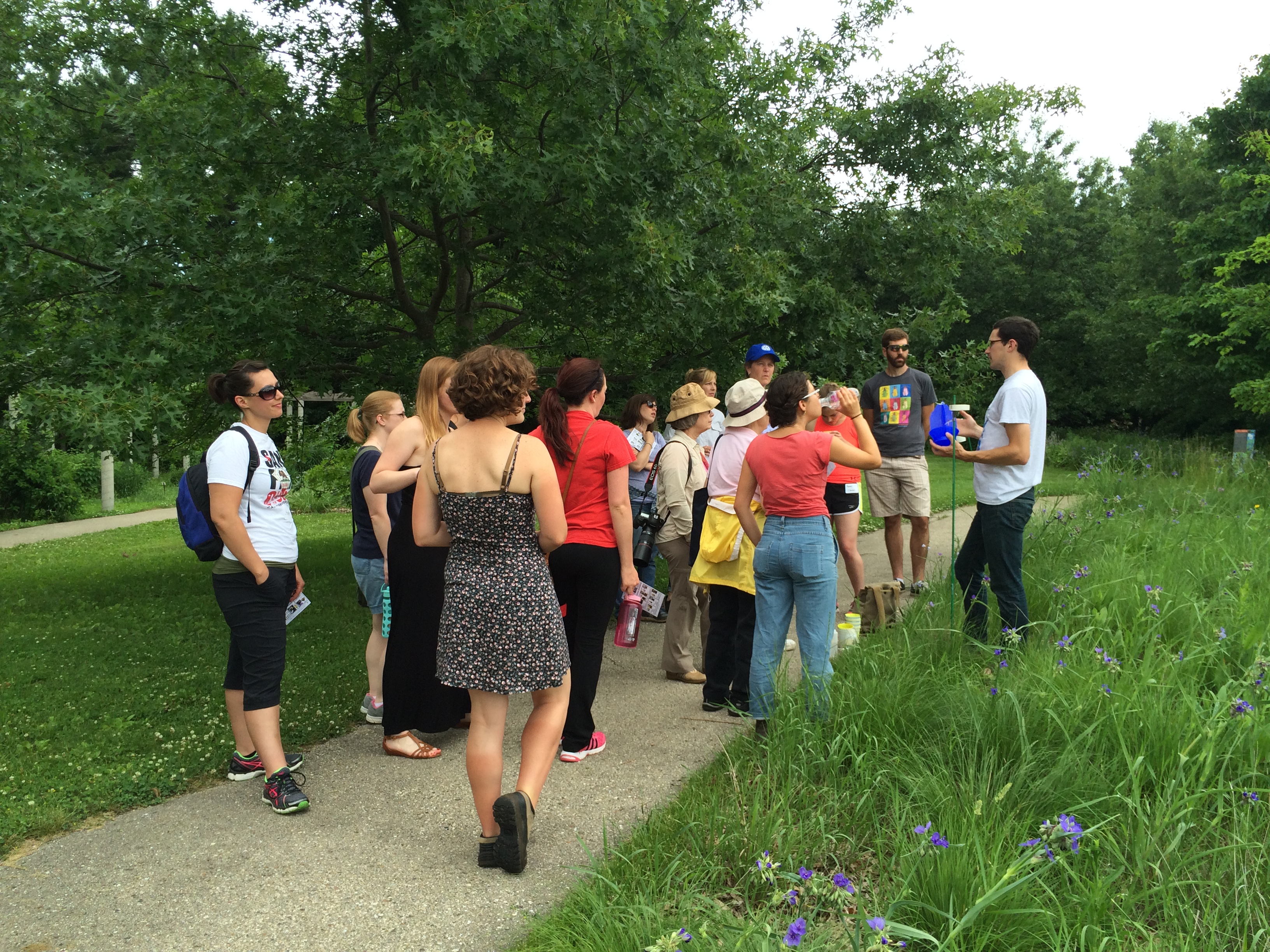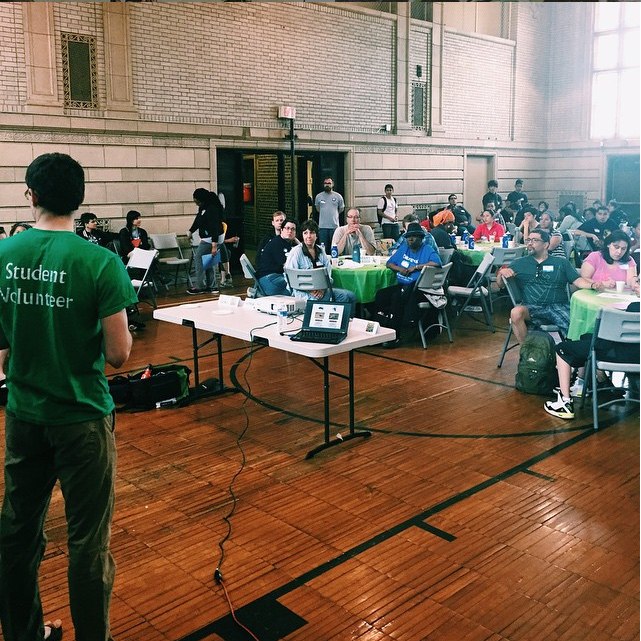Teaching
It’s impossible to overstate the value of a good teacher. There’s no way I would be where I am today without the amazing guidance and passion of the teachers I am lucky to have had throughout my academic journey. I use my mentors and teachers, as we well as my experiences as a student, to shape my approach to teaching.
Over the last decade, I’ve had the privilege to work with students of all ages in both “traditional” classroom settings, outreach events and presentations, and through one-on-one mentoring. I use my passions for science communication to engage my students and do my best to respond to the needs and desires of the folks I am working with by using a variety of teaching techniques and approaches to content.
Teaching examples
Here’s a few examples of mini-lectures for UW Madison’s Basic and Applied Insect Ecology course from 2021. The topic linking all of these videos is insect mutualisms, and I focus specifically on plant-pollinator mutualisms. These were followed by an in-class activity where students were asked to assume the roll of a crop advisor and address concerns from a local fruit grower about managing pollinators on their land. This case touched on a variety of topics in plant-pollinator mutualisms, including competition among pollinators and the impact of landscapes on insects, while also introducing students to basic statistical methods to probe the relationship between bees and crop yields.


